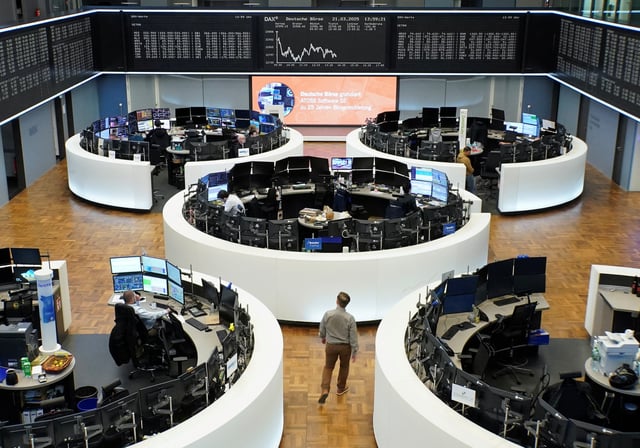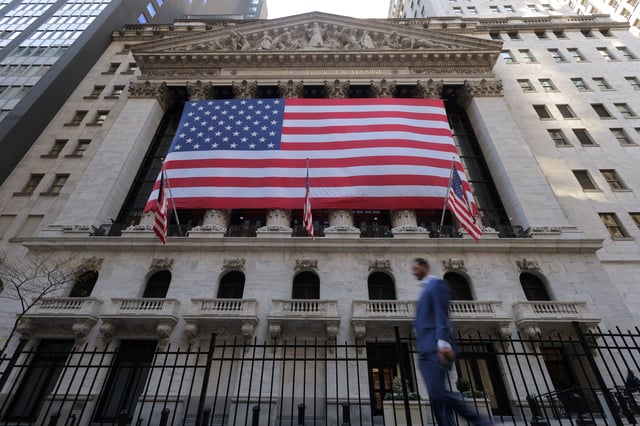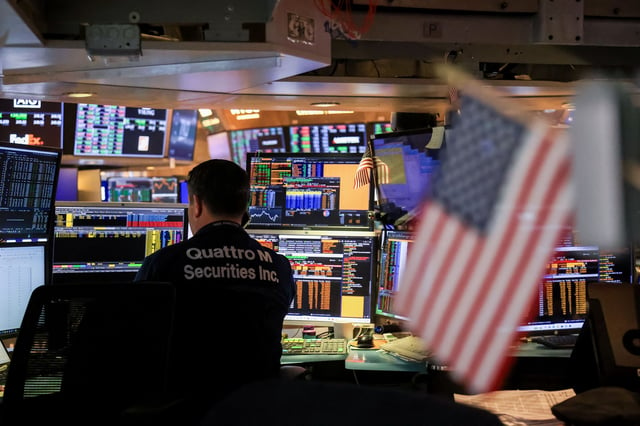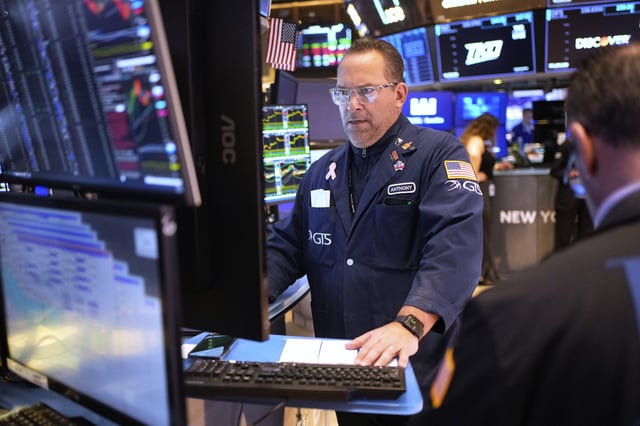Overview
- President Donald Trump plans to implement reciprocal tariffs on April 2, targeting countries that impose duties on U.S. exports, with steel, aluminum, and other goods among the affected sectors.
- The Federal Reserve has warned that the tariffs could drive inflation higher and create economic uncertainty, while markets remain volatile with the S&P 500 in correction territory.
- Trump has referred to April 2 as 'Liberation Day in America,' emphasizing the tariffs' significance as part of his 'America First' trade policy aimed at reducing the U.S. trade deficit.
- Reports suggest the White House may narrow the scope of the tariffs, potentially excluding certain industry-specific duties, but no official confirmation has been made.
- Economists caution that retaliatory measures from trading partners could increase the risk of recession, with global GDP forecasts already revised downward for 2025 and 2026.



